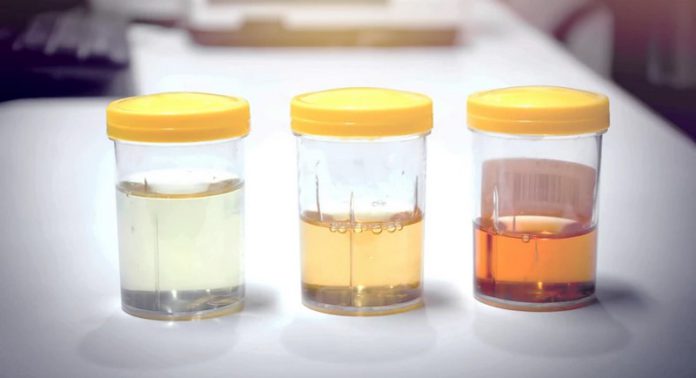Urine comes out in different colours. They raise common questions in people, including what’s normal and what’s not.
The colour of urine can be a marker of underlying health issues. You might not show symptoms or signs of a disease or a health condition, but your urine colour can reveal it to some extent.
Many know that as long as you have yellowish urine, you don’t have to worry. But once your urine shows different colours, there’s a chance that there might be a problem somewhere.
Below are some urine colours you might experience and which one calls for immediate attention:
- The normal colour of urine is yellowish to amber.
- The red colour should never be ignored as it can be the first sign of underlying bladder or kidney cancer.
- Pink or orange colour can be due to some food items like beetroot or some dyes in the food or medicines such as rifampicin and pyridium.
- Clear urine means overhydration, which means you are drinking too much water.
- Cloudy urine could be a sign of dehydration, urinary tract infection or someone on a long-term urine catheter.
- Dark brown can be due to certain medications or liver disease.
- Blue and green are very rare. They happen in some rare kinds of urine infections or after certain surgeries where dye is instilled in the urinary system.
Tips to have a healthy urine colour
- Stay well hydrated
Drink water and liquids as per need. Too dark a colour means you need to drink water. Very clear urine means that you are overhydrated (hydration myths). Cut down if you have a risk of medical conditions which can cause fluid overload or retention in the body or low salt levels (hyponatremia).
- Watch what you are eating
Healthy eating goes without saying, but avoid having food items with too much colour. That way you wouldn’t have to deal with colourful urine.


